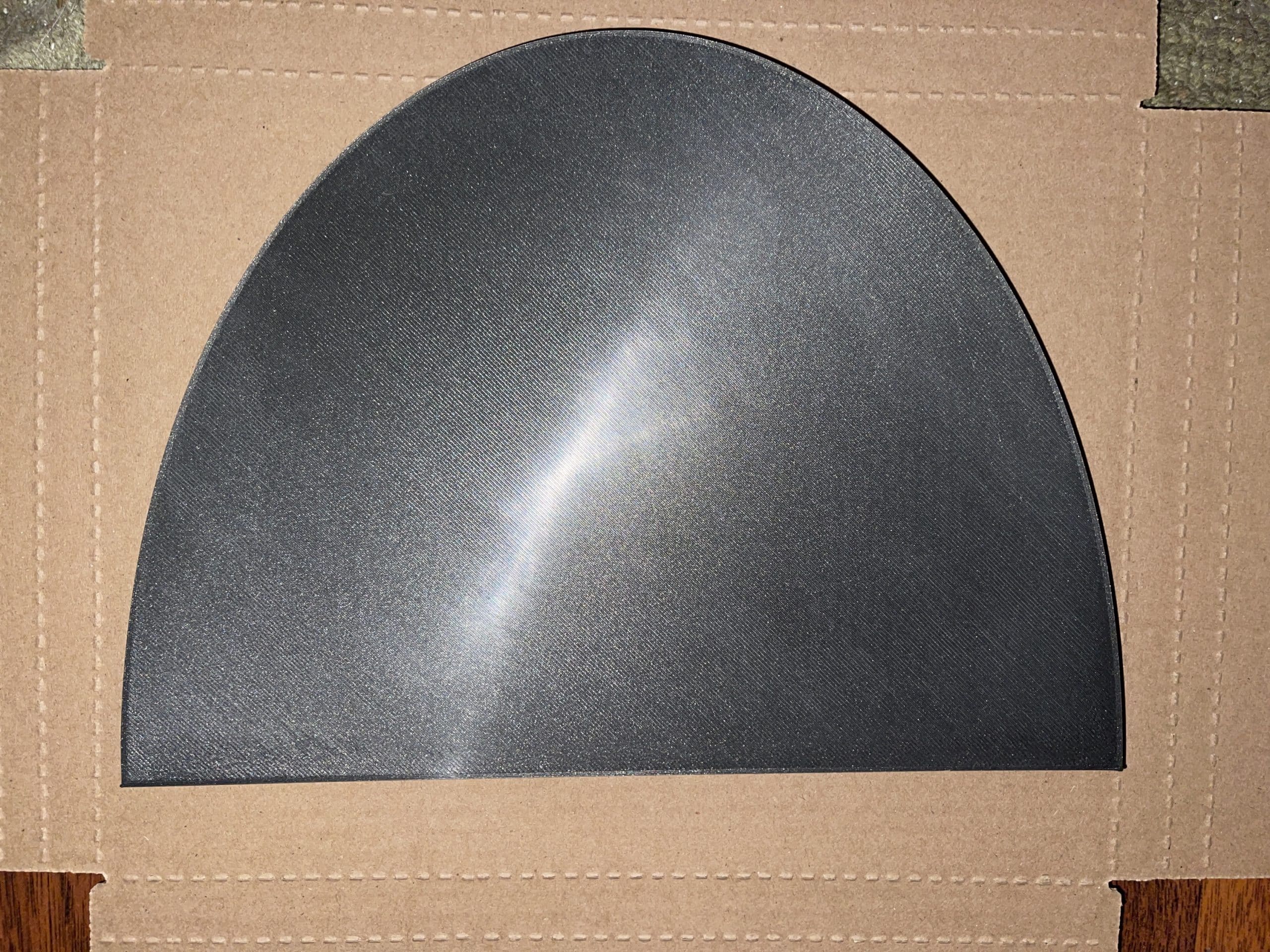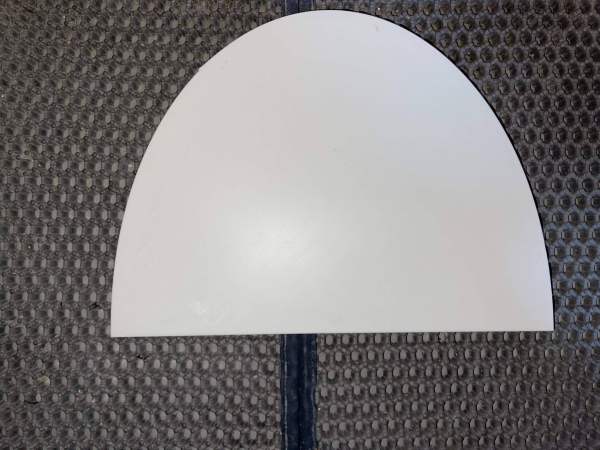No products in the cart.
3D printed functional things for your Litter-Robot 3
Your Cart:
$0.00
Subtotal: $0.00
0
Cart
0
No products in the cart.
LR Things LLC is not affiliated or endorsed by Litter-Robot or Automated Pet Care Products LLC. The registered trademarks used on this website belong solely to the companies described.

LR3 Half Shield – 3D Printed
0 customer reviews
Recent Views: 2,202
$39.99
Add to cartLR3 Half Shield – 3D Printed
0 customer reviews
Recent Views: 2,202
$39.99
- Helps keep kitties looking for a joyride in the LR3 out of it while it’s cycling
- One piece design with 30 second install, it simply snaps on to the edge of the LR
- Specially sized to work with large breed cats around the 20 lbs+ mark
- Watch the install video here
Estimated Time to Ship 2-3.5 Weeks default
Color Gallery - View photos of all our color options!This is an aftermarket product made and supported by LR Things and not an original Litter-Robot accessory.
Estimated Time to Ship 2-3.5 Weeks default
Product Description
The Half Shield is one solid piece that has a lip on the back that snaps onto the rim of the LR3, cutting the opening of the Robot in about half to allow for larger breeds of kitties to be able to get in and out. When the globe turns upside down during the cleaning cycle the Shield helps prevent your little rascal(s) from jumping in and having a party.
Be the first to review “LR3 Half Shield – 3D Printed” Cancel reply
How does 3D printing work?
Every 3D printer builds parts based on the same main principle: a digital model is turned into a physical three-dimensional object by adding material a layer at a time. This where the alternative term Additive Manufacturing comes from.
3D printing is a fundamentally different way of producing parts compared to traditional subtractive (CNC machining) or formative (Injection molding) manufacturing technologies.
In 3D printing, no special tools are required (for example, a cutting tool with certain geometry or a mold). Instead the part is manufactured directly onto the built platform layer-by-layer, which leads to a unique set of benefits and limitations
From here, the way a 3D printer works varies by process. For example, desktop FDM printers melt plastic filaments and lay it down onto the print platform through a nozzle (like a high-precision, computer-controlled glue gun). Large industrial SLS machines use a laser to melt (or sinter) thin layers of metal or plastic powders.
The available materials also vary by process. Plastics are by far the most common, but metals can also be 3D printed. The produced parts can also have a wide range of specific physical properties, ranging from optically clear to rubber-like objects.
Depending on the size of the part and the type of printer, a print usually takes about 4 to 18 hours to complete. 3D printed parts are rarely ready-to-use out of the machine though. They often require some post-processing to achieve the desired level of surface finish. These steps take additional time and (usually manual) effort.
This was copied from 3DHubs, for more information please visit them!
Additional Information
| Weight | .375 lbs |
|---|---|
| Dimensions | 11 × 11 × 0.25 in |







Reviews
There are no reviews yet.